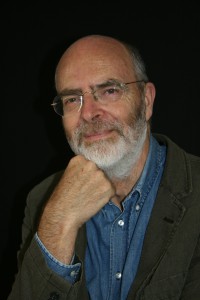
Potential of Feynman Diagrams for Challenging Psychosocial Relationships?
Comprehending the neglect of an unexplored possibility
Introduction
Questionable appreciation of quantum electrodynamics
Characterisation of Feynman diagrams
Credibility of psychosocial analogues of Feynman diagrams
Urgent need for subtle representation of positive-negative relationships through a pattern language
Relevance to much-valued psychosocial processes
Exploratory psychosocial reframing of Feynman diagrams
Unacknowledged preferences for partial clarity and partial transparency
Conclusion
References
EXTRACTS:
As the current crisis has demonstrated, it is far from clear that macro-level systemic models have been adequate to the challenge of global governance (Uncritical Strategic Dependence on Little-known Metrics the Gaussian Copula, the Kaya Identity, and what else? 2009). More poignant is the challenging nature of interpersonal relationships, as endlessly explored in personal experience and dramatisations — currently highlighted by the preoccupation with “same-sex marriage”, and without consideration of other possibilities (Marrying an Other whatever the Form: reframing and extending the understanding of marriage, 2013; Transcending Simplistic Binary Contractual Relationships What is hindering their exploration? 2012).
. . . . . . .
Urgent need for subtle representation of positive-negative relationships through a pattern language
The argument above has endeavoured to highlight the case for “getting real” with respect to the psychosocial dynamics which notably give rise to violence and death on a daily basis, and for the subtler forms of structural violence. The fruitfulness of expressions of unctuous regret and appeals for peace need to be factored into those dynamics. Particle physics has developed vast expertise in the study of the nuances of positive and negative charges — according to their spin and other characteristics — and in relation to light
. . . . . . .
On the requirement to embrace error:
More bluntly, future-responsive societal learning makes it necessary for individuals and organizations to embrace error. It is the only way to ensure a shared self-consciousness about limited theory to the nature of social dynamics, about limited data for testing theory, and hence about our limited ability to control our situation well enough to be successful more often than not (On Learning to Plan and Planning to Learn: the social psychology of changing toward future-responsive societal learning, 1973)
The most fruitful insight for which Feynman is acknowledged is his path integral formulation. As noted above, this complex insight recalls the widely used phrase regarding contrasting belief systems: There are a thousand paths to the top of the hill, but the view from the top is the same. Both merit recognition in terms of the cognitive implications of autopoiesis as elaborated by Francisco Varela (Laying Down a Path in Walking: essays on enactive cognition, 1997; The Embodied Mind: cognitive science and human experience, 1991)



